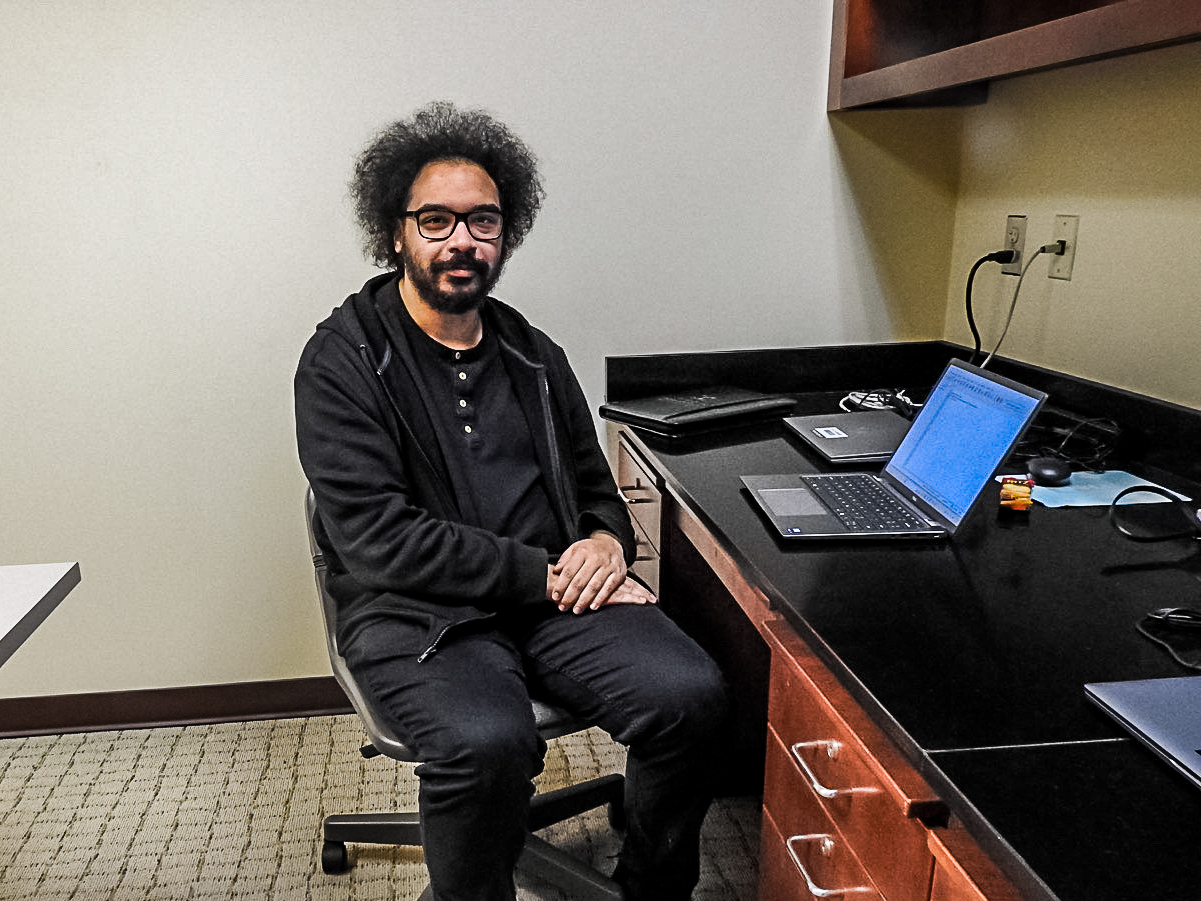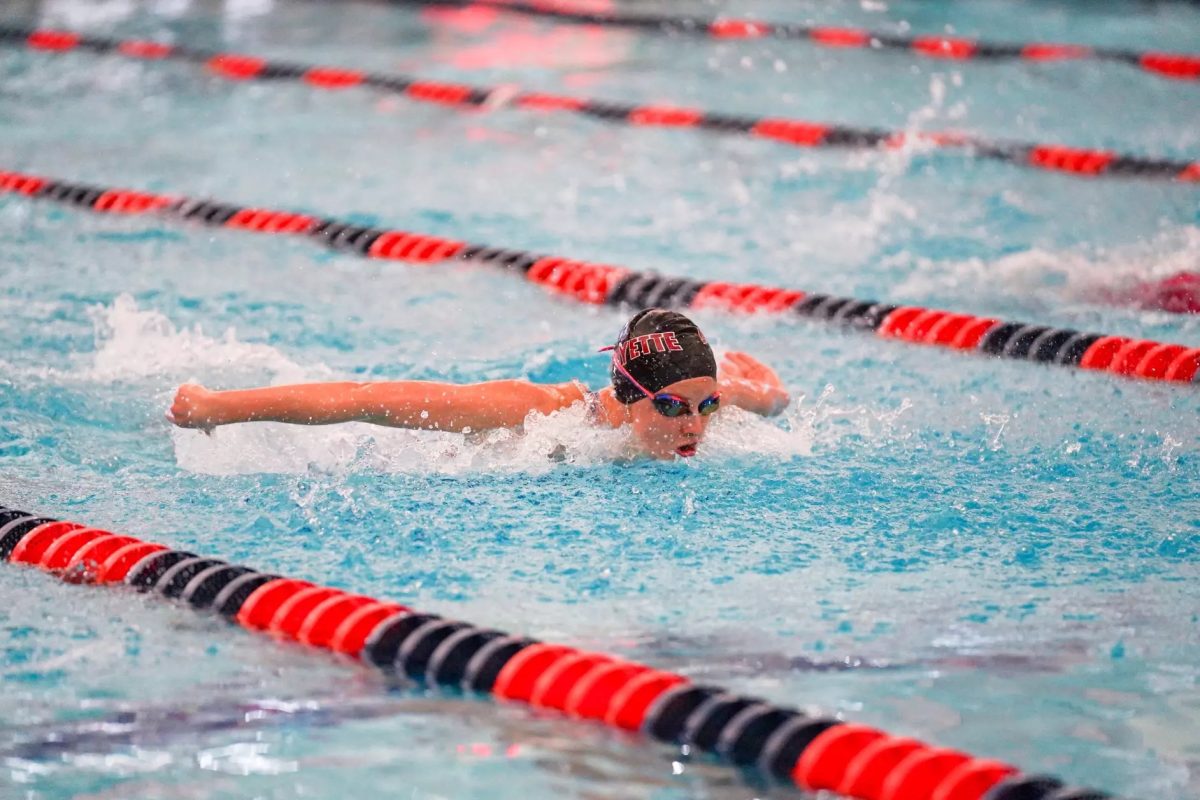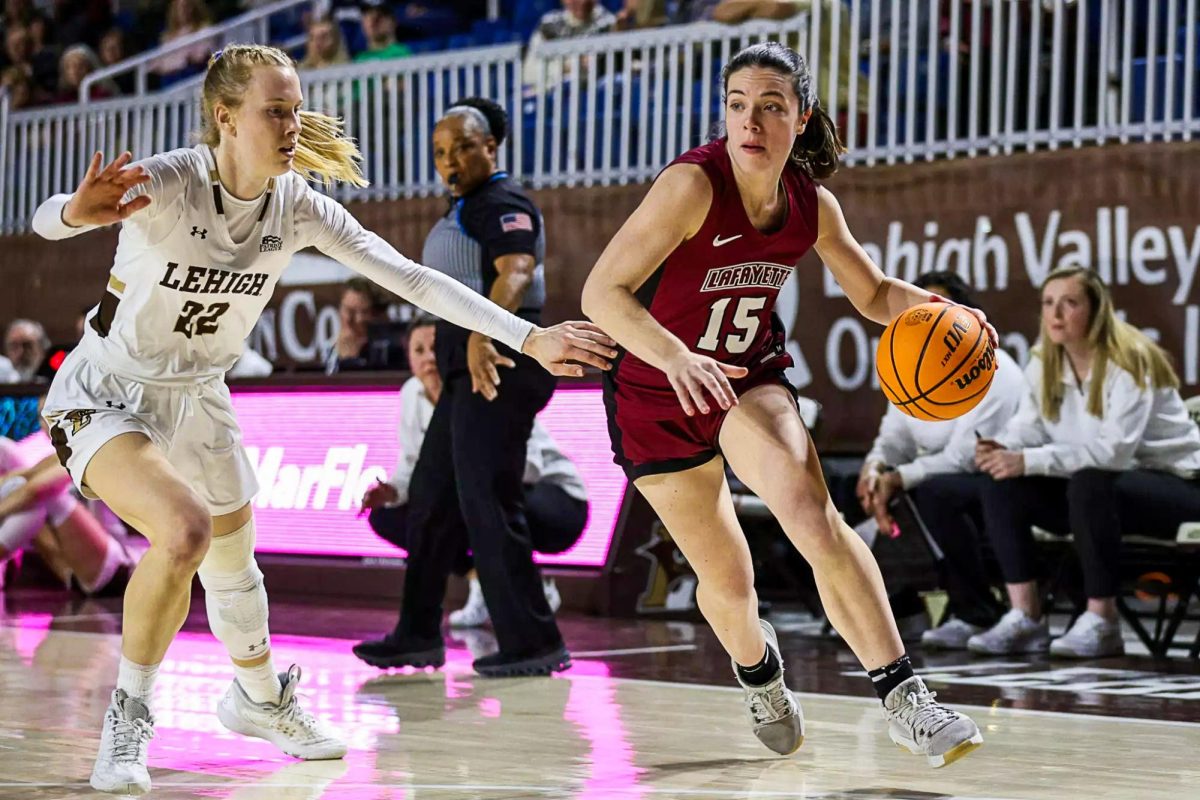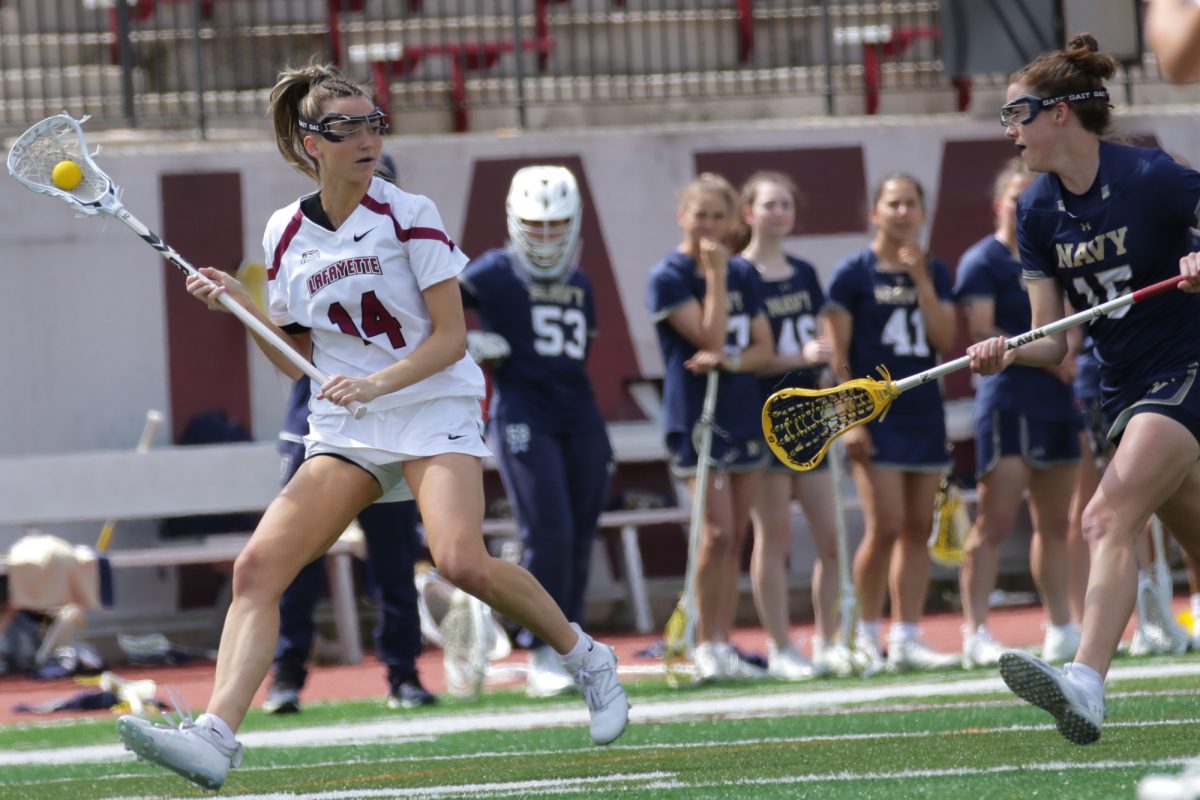Baseball’s most old-fashioned debate
Last weekend during Lafayette College’s Homecoming I sat in the dining room of my fraternity house talking to an alumnus from the Class of ‘66.
We were talking about playoff baseball, and I was telling him my very wrong predictions of what would happen in both the American and National League Championship Series games.
There’s no question this man is old fashioned. He was back visiting the college where he will be attending his 50-year reunion next year. He has been listening to the MLB playoffs through a package he bought for his radio.
So it’s no surprise his take on one of the most controversial changes in baseball history is a more traditional approach.
He told me he has only been listening to the National League games because he can’t stand to follow a game where a designated hitter fills in for the pitcher in the batter’s box.
But unfortunately for my elder fraternity brother, if he wants to follow the World Series, he’ll have to suffer through two to four games with a designated hitter present as they will take place in an American League ballpark.
“It’s not the original, pure form of baseball,” he said.
Why should the pitchers in the American League not have to hit? When I was a kid playing baseball, the best hitters always happened to be the pitchers.
By taking the pitcher out of the lineup, teams are able to put a power hitter in the game in his place. The likes of David Ortiz or Alex Rodriguez get to relieve the pitching ace of his duties with the bat.
Let’s face it: the designated hitter was implemented for financial purposes.
More power hitters in the game equals more home runs. More home runs equals more fans watching and attending games. More fans watching and attending games equals more money for the league.
As a fan of an American League team, I’ve always been annoyed by the inconsistency, not necessarily by the DH itself.
Why should my team’s pitchers have to take batting practice for the sake of 10 regular season interleague games at a National League ballpark per year?
Each pitcher will likely play two of those games and bat anywhere between two and four times. Then they are safe from having a ball thrown at them for the rest of the year.
On the other hand, if the league were to nix the DH, American league pitchers would take batting practice before every game.
Furthermore, it would keep the pitchers from the American League team in the World Series from having to have some of those awkward plate appearances on baseball’s biggest stage.
The statistics on these pitchers’ batting performances are not pretty. Only three American League pitchers who had more than three at bats this season hit more than .250. Just one was able to, by some miracle, hit one out of the park.
Meanwhile, National League pitchers tend to put up much more respectable numbers at the plate, due in part to the fact that they are used to making their rounds with the bat each time they take the mound.
All I’m saying is there should be consistency across the leagues. At least there will be no unfair advantage for either side. If the MLB wants to have both leagues use a DH, so be it.
As for the Class of ‘66 alumnus, he might just need to find a new sport to follow if the league makes that switch.



































































































